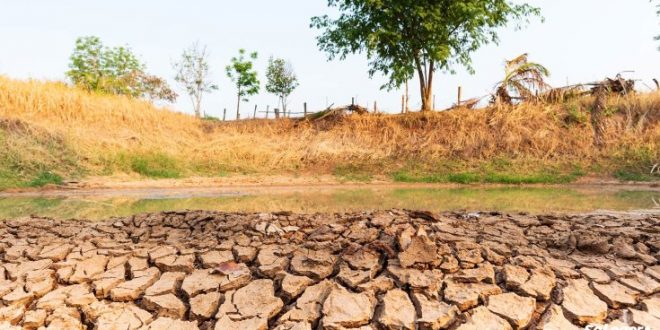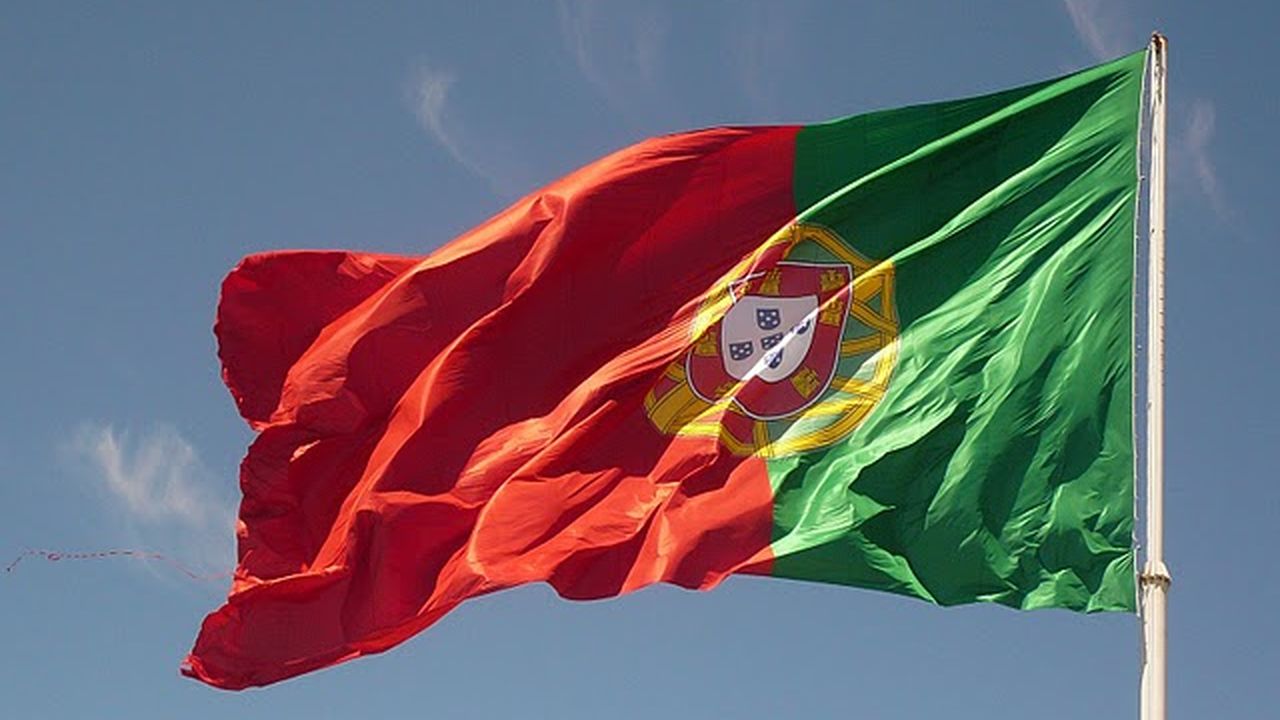
Known for its fragile ecosystem, the Mediterranean region is one of the regions most affected by drought worldwide, and even more so in the global context of climate change. Regions in Africa and the Middle East are most concerned, especially Morocco, which is ranked red among high-risk countries and 27th out of 164 countries analyzed by the World Resources Institute. In this study, the think tank notes that a country facing “severe water stress” uses 80% or more of its available supply. The classification of the country within the “high water stress” area means that it needs 40% to 80% of its resources.
according to updated data According to the Washington-based think tank (USA), this phenomenon is particularly extreme in 25 countries, which comprise a total of a quarter of the world’s population. From Bahrain, the world leader, to Syria, which ranks 25th, many of these countries in question are also mainly located in the MENA region, such as Kuwait (3rd), Lebanon (4th), Oman (5th), and Qatar (ranked sixth) and the United Arab Emirates. (7), Saudi Arabia (8), Israel (9), and even Egypt (10). From the North African region, Tunisia (ranked 20) is also among the regions at high risk.
Other countries in Europe and the rest of Africa also occupy a place in this ranking, such as Botswana (13), Belgium (18), Greece (19), Namibia (21), as well as South Africa (22).
Morocco is particularly interested in the Middle East and North Africa region
Right after Mexico (26th), Morocco (27th) is among the 22 countries most at risk. Thus, it is ahead of Eritrea (28), Spain (29), Algeria (30), Pakistan (31), Peru (32), Turkmenistan (33), Uzbekistan (34), Thailand (35), Andorra (36). Albania (37) and Niger (38). Turkey (39), Afghanistan (40), Italy (41), Kyrgyzstan (42), Portugal (43), Nepal (44), Djibouti (45), Mongolia (46) and Macedonia (47) fall into the same region.
Due to its geographical location at the junction of the Mediterranean Sea and the dry and semi-arid climate, Morocco is in fact one of the regions most affected by drought in the world. And in 2020, a study by the Mohammed VI Polytechnic University and the Massachusetts Institute of Technology (MIT) already indicated that the country should prepare for less rainy winters. Two years later, figures show that the kingdom is suffering from the worst drought in its history.
According to the World Resources Institute, these countries face significant water stress each year, depleting almost all of their available water supplies – albeit limited. As a result, at least 50% of the world’s population, or nearly 4 billion people, experience severe drought for at least one month per year, with impacts on “people’s lives, jobs, food security and energy”.
In fact, water is a natural resource “essential for growing crops, raising livestock, generating electricity, maintaining human health, promoting just societies, and achieving the world’s climate goals.” “Without better water management, population growth, economic development and climate change could exacerbate water stress,” the think tank warns.
– Reshaping governance to reduce damage to development
The reasons for increasing water stress in the most affected countries and regions are multiple, especially since “the demand for water everywhere in the world exceeds available resources,” the analysis notes, adding that “demand has more than doubled since 1960.” The authors point out that “the increase in demand water consumption is often the result of population growth and industries such as irrigated agriculture, livestock, power generation, and manufacturing”, while they cite “lack of investment in water infrastructure, unsustainable water use policies or increased environmental variability due to climate change”.
Without such action, along with better water management, “water stress will continue to worsen, especially in regions where populations and economies are growing rapidly,” notes the World Resources Institute. And to emphasize that the most affected regions are the Middle East and North Africa, where “83% of the population is exposed to very high water stress”, as well as South Asia, where 74% of the population is concerned.
The World Resources Institute predicts that by 2050, another billion people will experience extremely severe drought, despite global efforts to limit the consequences of climate change, including an increase in global temperature to 2.4°C by 2100, in an “optimistic scenario”.
As populations and lifestyles evolve, global water demand is also expected to increase by 20 to 25% by 2050, while “the number of watersheds facing significant variability from year to year, or to other water supplies is less predictable.” is increasing dramatically.” It is expected to increase by 19%. In the Middle East and North Africa, this means that 100% of the population will be living under extremely high water pressure by 2050. In this case, according to the World Resources Institute, the impacts could outweigh the environmental and economic consequences, particularly the weight of this phenomenon. on the gross domestic product, to take a dimension of political stability.






